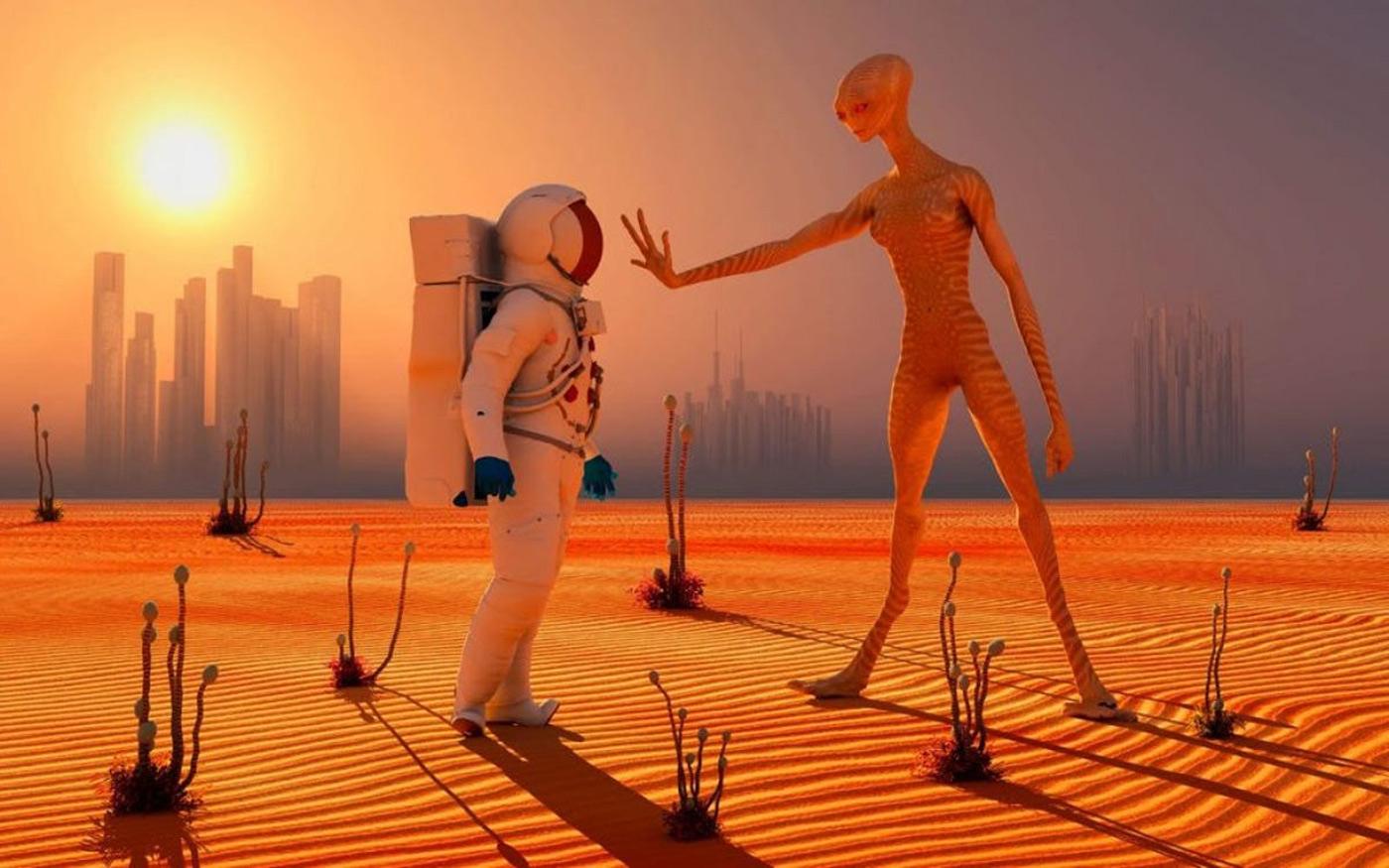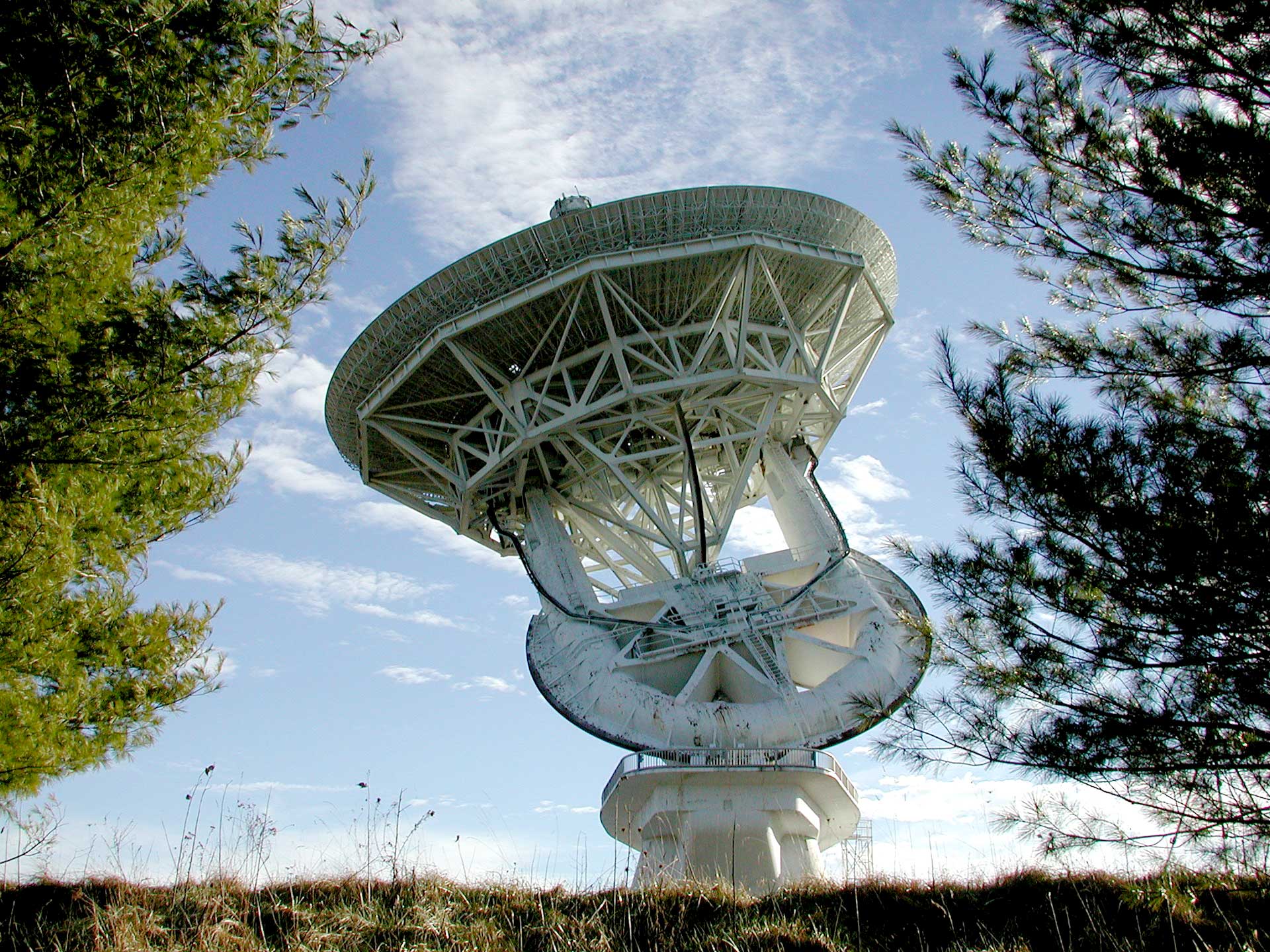
The Search Ramps Up
"The Documentary," a BBC podcast, produced an episode devoted to a question dear to the SETI Institute's heart: where are the aliens? The conversation was hosted by Senior Astronomer Seth Shostak, whose career has centered on the question of whether we are alone in the universe. Jill Tarter, Chair Emeritus for SETI Research at the SETI Institute, joined him to discuss significant developments in new listening projects.
Tarter also recently appeared in the Bloomberg Originals series, "Moonshot," alongside Andrew Siemion, the Bernard M. Oliver Chair for SETI Research at SETI Institute, and Laurance Doyle, a SETI Institute research scientist. Remarking on the latest research initiatives, Tarter noted the innovative nature of the search for intelligent life beyond Earth:
“We are literally doing an experiment to find out what the answer is, rather than doing what we’ve done for millennia, which is to ask the priests and the philosophers what we should believe.”
- BBC: The Documentary: So where are the aliens?
- Bloomberg Moonshot: Humanity’s Search For Extraterrestrial Intelligence Is Intensifying
- Geek.com: NASA Planet-Hunter Joins Search for Intelligent Aliens
- Sputnik International: NASA Teams Up With 'Alien Hunters' in Search for Other Life
 Art and Outer Space: Zeinab Alhashemi, SETI Institute Artist in Residence
Art and Outer Space: Zeinab Alhashemi, SETI Institute Artist in ResidenceZeinab Alhashemi is a Dubai-based conceptual artist and designer who began her term with SETI Institute’s Artists in Residence (AIR) in 2019. The SETI AIR program facilitates an exchange of ideas between artists and scientists, fostering inspiration and leading to new modes of understanding and expression. More than a dozen artists have developed unique and compelling work in dialogue with SETI Institute scientists. Harpers BAZAAR profiled Alhashemi recently, noting big things in her future:
As the Artist in Residence of San Francisco’s SETI Institute, she’s working with scientists on “understanding the existence of geometry in the world and outer space.” She isn’t able to say much more than that as it’s still early days, but when presented with the idea that it sounds as though she’s going to display work on Mars, she laughs. “Let’s see! Maybe we can do that through Dubai. You never know.”
Alhasemi specializes in site-specific installations and experimental art and will be collaborating with SETI Institute research scientist Mark Showalter during her term.
- Harper’s BAZAAR: An Exclusive Look Into Zeinab AlHashemi's Artistic Awakening
- SETI.org: SETI AIR: SETI Institute’s Artists in Residence
 How We Say ‘Hello’
How We Say ‘Hello’Green Bank holds a special place in SETI history. Frank Drake, who serves as Chair Emeritus on the Board of Trustees of the SETI Institute, is frequently regarded as the “father of SETI science” for his pioneering early experiments in the field. Those experiments began at the Green Bank observatory, leading to a summit and the creation of the Drake Equation, which posits the variables relevant to predicting the number of technologically advanced civilizations that exist in the Milky Way galaxy. Following the summit, Drake began to tackle the problem of communication: if we did find a message from extraterrestrials, how would we respond?
Science Focus published a deep-dive on the history of crafting messages for extraterrestrials, which started when Drake mailed a prototype of his interstellar message to colleagues with the note: “Here is a hypothetical message received from outer space. It contains 551 zeros and ones. What does it mean?”
- Science Focus: Alien contact: a brief history of extraterrestrial languages
- Sputnik International: Shh! This Town Prohibits WiFi for the Sake of Tapping Extraterrestrials
- SETI.org: Arecibo Message
- SETI.org: Humankind Just Beamed a Message at Space Aliens. Was That a Bad Idea?
- SETI.org: The Consequences of Finding ET’s Signal
In last week’s episode, meet the powerhouse machines that lead the supercomputer pack in Supercomputer Showdown. In our previous week’s episode find out how the first exoplanet discovery led to 4,000 more and a Nobel Prize in Nobel Efforts.
Last time on Facebook Live, CEO Bill Diamond interviews Science Advisory Board Chair Lucianne Walkowicz. Videos of all past Facebook Live events can are on our Facebook page: https://www.facebook.com/SETIInstitute/





